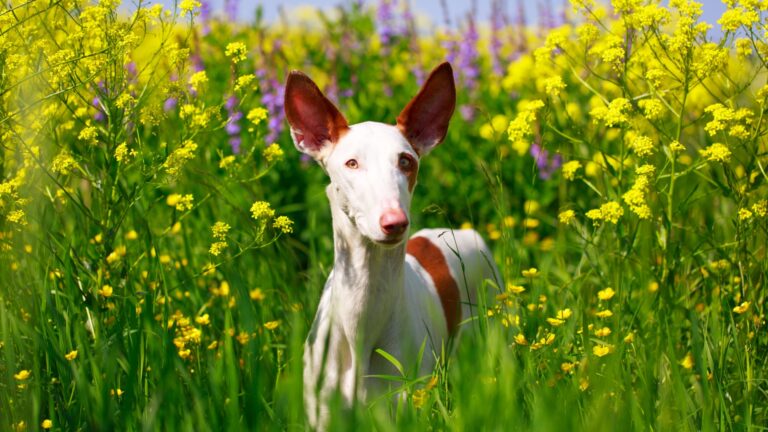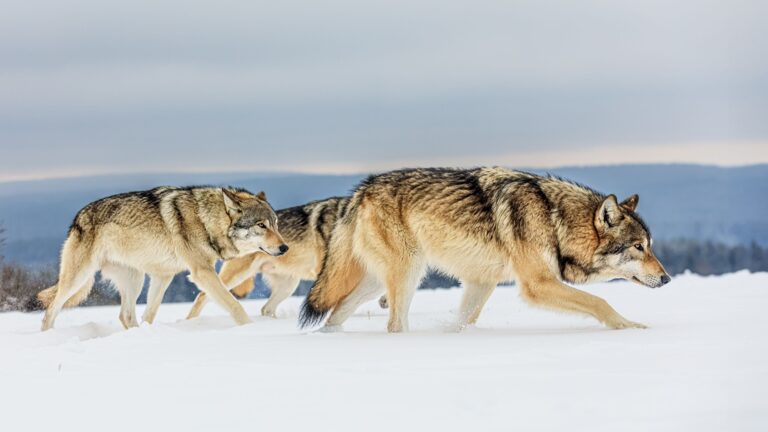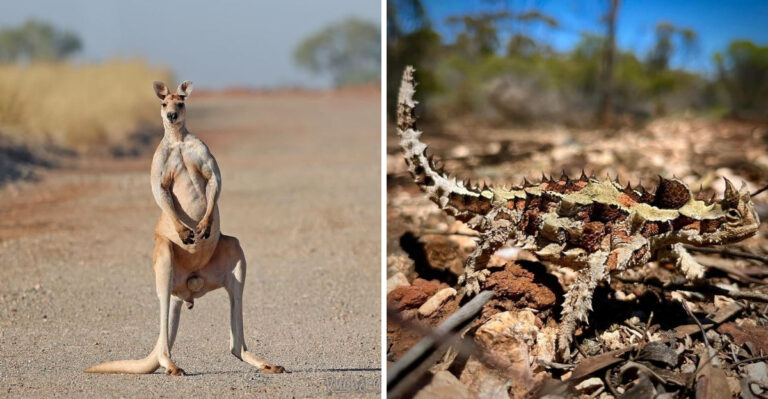12 Fierce Predators That Target Hawks In The Wild
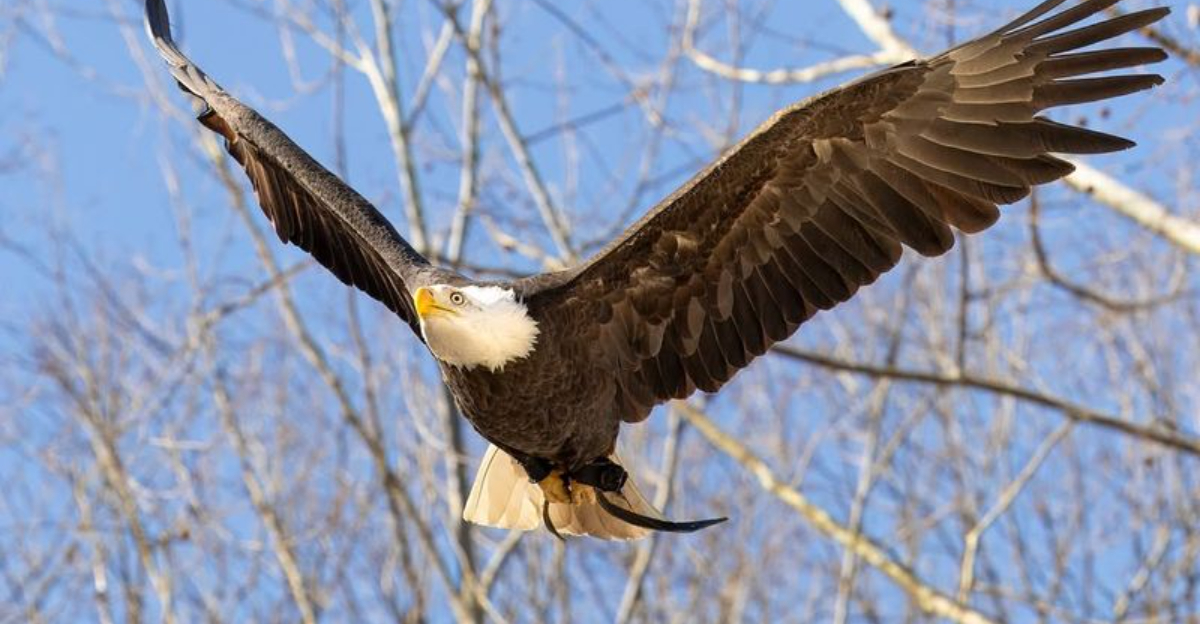
In the wild, hawks may seem like the kings of the sky, but they also have to watch their backs. Imagine soaring high with the clouds, free and fearless, until something larger looms from above, eyes locked in and talons poised.
Yes, even the noble hawk looks over its shoulder, keeping an eye out for these fierce adversaries that are always on the hunt.
1. Golden Eagles
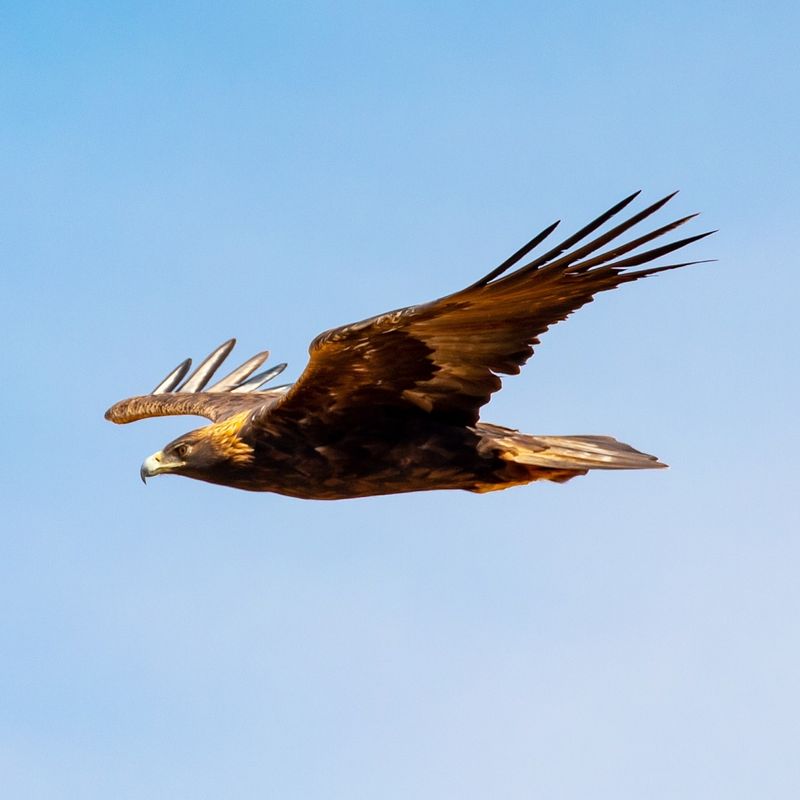
Looking up, you might just spot a golden eagle eyeing its next meal – possibly a hawk! These formidable creatures are not only known for their strength but also their audacity to target fellow birds of prey.
They glide effortlessly through the sky, their keen vision never missing a flutter or twitch below.
Golden eagles are famous for engaging in aerial battles with hawks, showcasing a dramatic display of dominance. With powerful talons and a wingspan that would make most birds envious, they are formidable foes. A hawk caught off guard could quickly become dinner.
2. Great Horned Owls
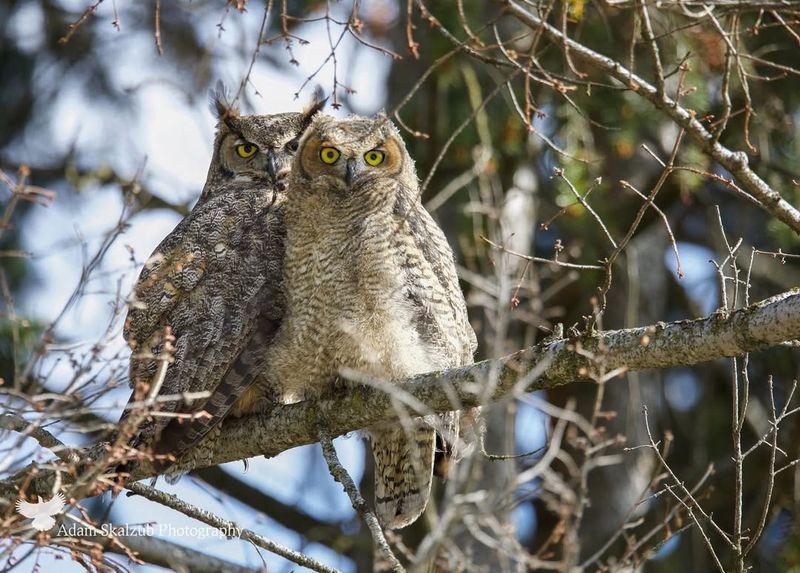
When the sun sets, great horned owls take to the sky with stealth and silence. Widely known as the “tigers of the night,” these owls have a knack for targeting hawks, especially when they’re roosting. Their night vision is impeccable, allowing them to spot even the slightest movement.
With talons like steel traps, these owls can snatch an unsuspecting hawk from its perch without a sound. It’s a nocturnal hunt that’s both silent and deadly. Their ability to rotate their heads almost 270 degrees makes them the ultimate night stalkers.
3. Peregrine Falcons
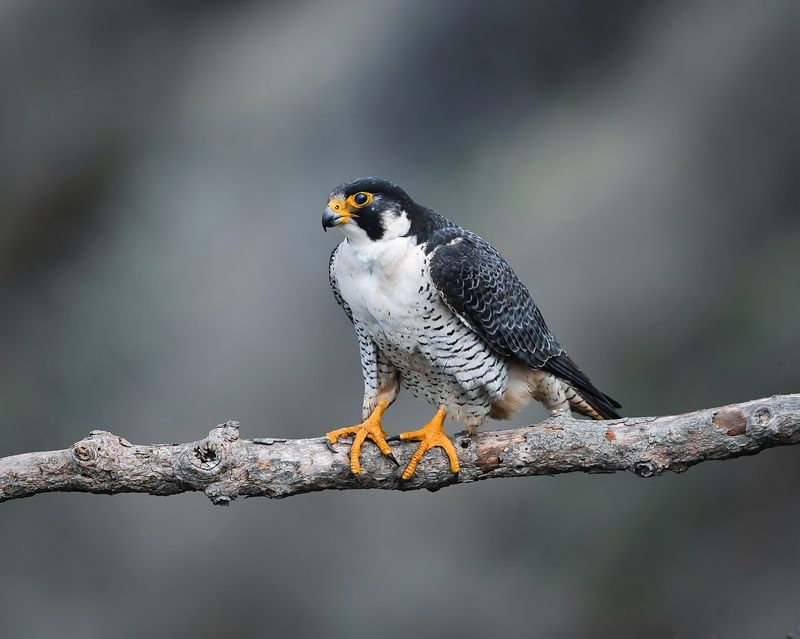
Imagine a dive so swift, the wind barely has time to whisper past. That’s the peregrine falcon for you, a speed demon of the skies. While they typically feast on smaller birds, they’ve been known to target hawks in mid-air duels.
For the hawk, it’s a high-speed chase that requires quick thinking and sharp reflexes to evade. The peregrine falcon’s speed is its weapon, making it a challenging opponent in the sky.
4. Red-tailed Hawks
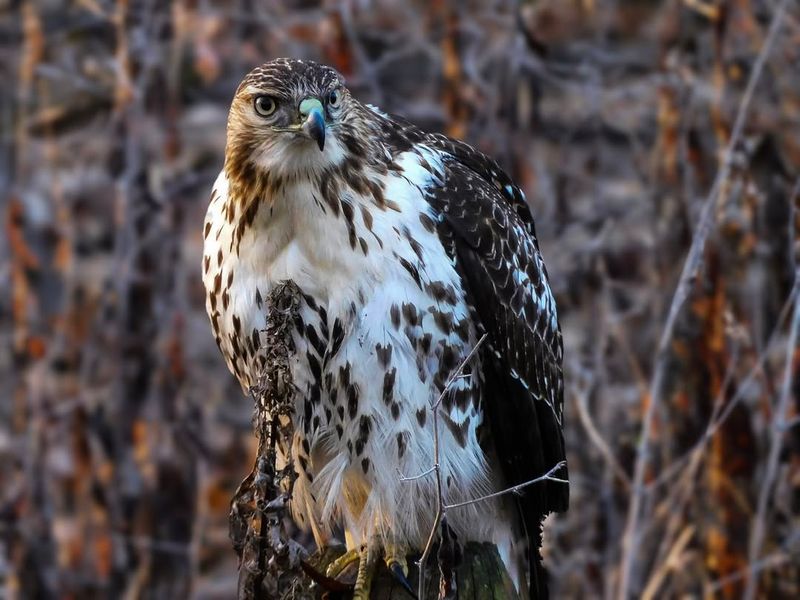
Yes, you read that right! Sometimes, even hawks have to watch out for other hawks. Red-tailed hawks are notorious for their territorial nature, often clashing with fellow raptors over food or nesting areas.
It’s a hawk-eat-hawk world, where aerial skirmishes can break out over the slightest provocation. With their robust build and keen eyesight, red-tailed hawks are formidable adversaries even to their kin.
5. Northern Goshawks
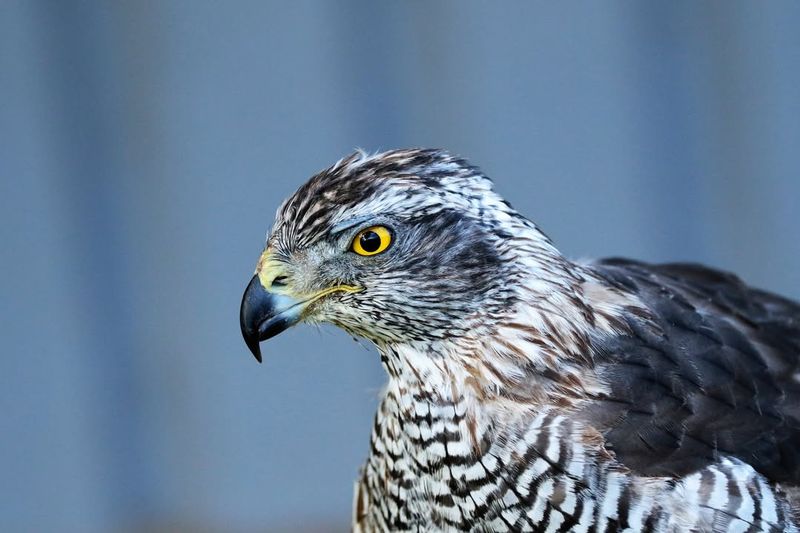
In dense forests, where shadows play tricks on the eyes, the northern goshawk reigns supreme. Famous for their secrecy and elusive nature, they are adept hunters, even targeting fellow raptors like hawks.
Their agility in navigating wooded areas is unmatched, and they use this to their advantage when pursuing prey. The goshawk’s powerful wings allow it to maneuver swiftly through trees, catching hawks off guard.
6. American Crows
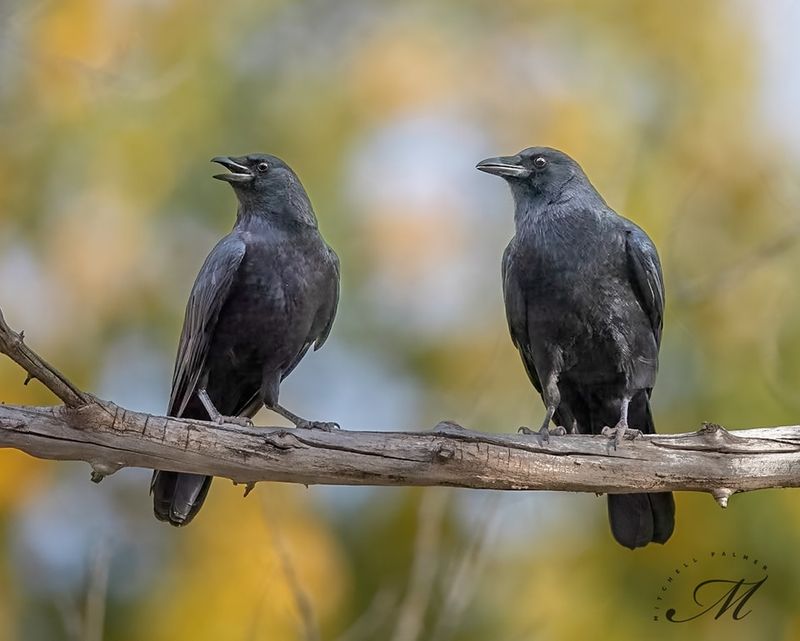
Don’t underestimate these black-feathered tricksters! American crows are famous for their intelligence and teamwork, often seen mobbing larger birds, including hawks. It’s a community effort to protect their territory and nests.
With loud caws and relentless persistence, they chase and harass hawks until they retreat. It’s not about prey, but rather a show of strength in numbers.
7. Barred Owls
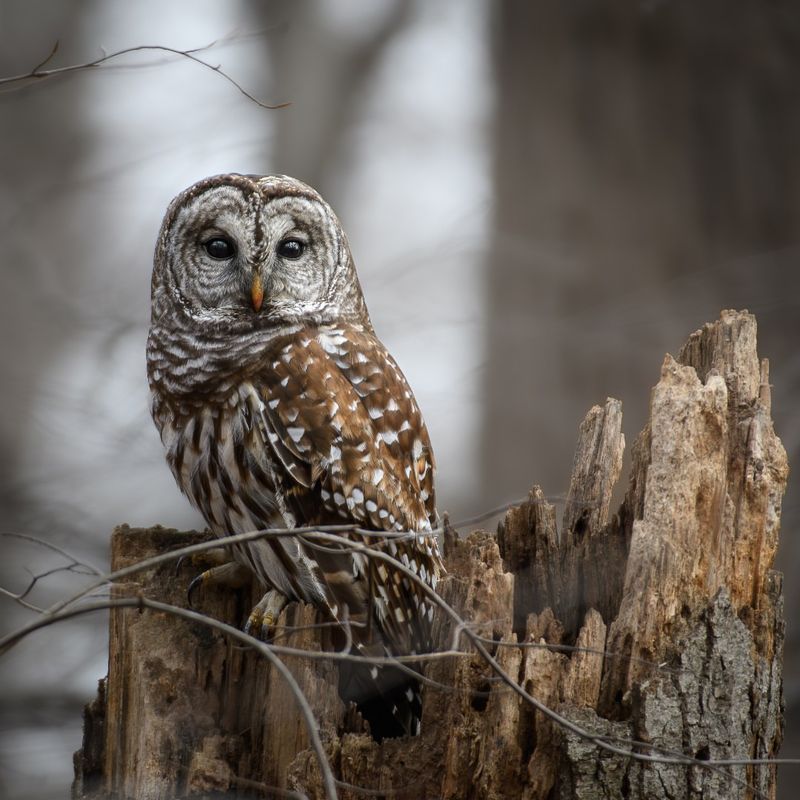
With a sound almost like barking, barred owls announce their presence in the twilight. These nocturnal hunters have been known to clash with hawks, especially in disputes over territory.
Their silent flight allows them to approach without warning, catching hawks unaware. It’s a battle of stealth versus vigilance, where the owl’s quiet approach gives it a surprise advantage.
8. Bald Eagles
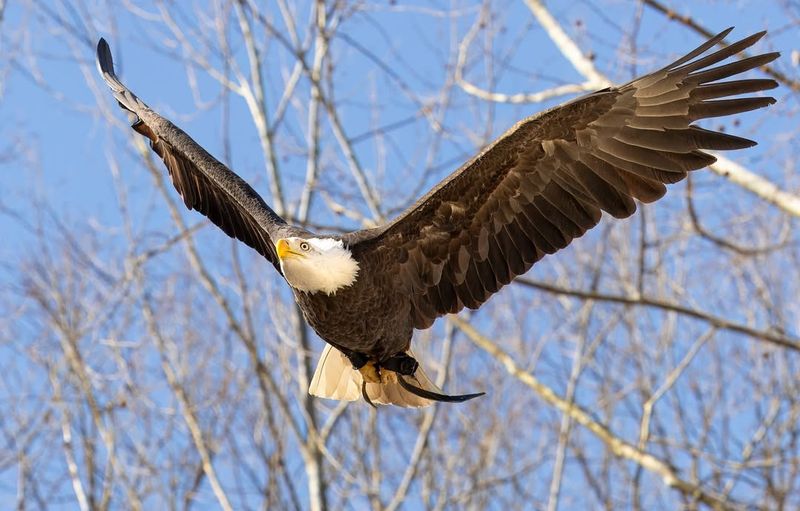
The bald eagle, a symbol of strength and freedom, occasionally turns its sights on fellow raptors. Renowned for their boldness, they’ve been observed stealing prey from hawks, showcasing a form of kleptoparasitism.
Their impressive wingspan and potent talons make them a daunting adversary in the sky. It’s not just about the chase; sometimes it’s about seizing an opportunity when another bird has done the hard work.
9. Cooper’s Hawks
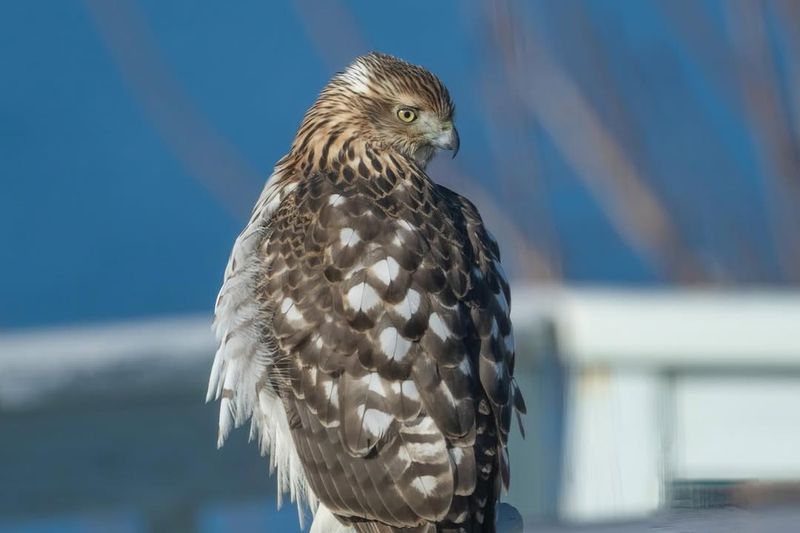
In the world of woodland predators, Cooper’s hawks are the acrobats. Their skill in navigating through thick foliage gives them an edge over other birds, including hawks.
Known for their surprise attacks, they swoop down with precision, their agile bodies weaving through branches with ease. It’s a pursuit that requires both speed and stealth.
10. Snowy Owls
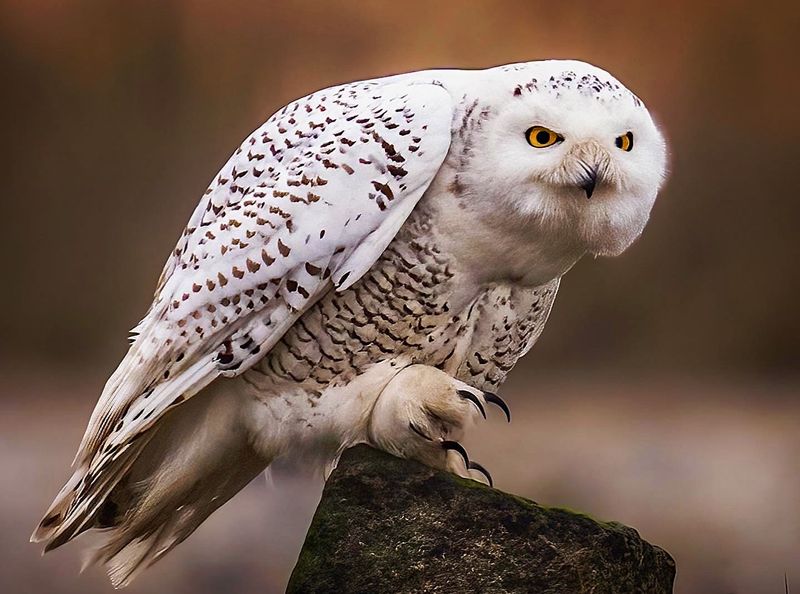
In the chilly tundra, snowy owls keep their eyes on the sky, scanning for any potential meal – including hawks. These striking birds are known to venture south, especially when food is scarce, occasionally encountering hawks.
Their powerful build and keen eyesight make them formidable hunters, able to spot prey from great distances. It’s a harsh environment where every movement counts, and the snowy owl’s patience pays off.
11. Raccoons
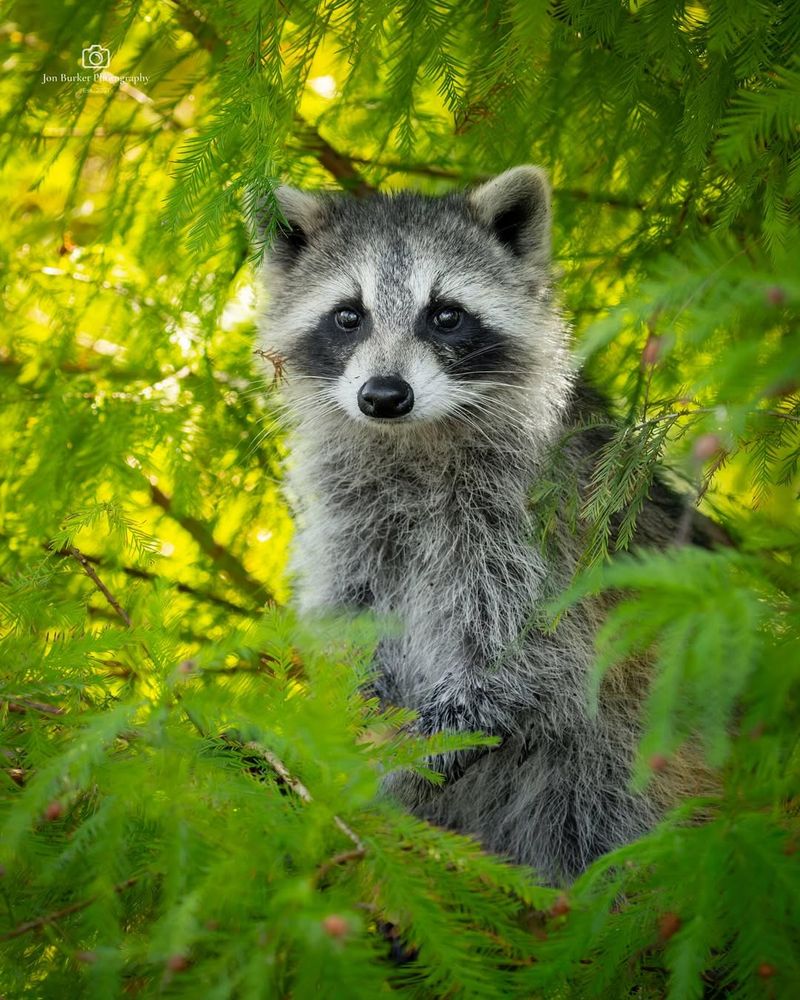
You wouldn’t think of a raccoon as a threat from above, but these masked bandits can spell trouble for hawks, especially when eggs or chicks are involved. With their dexterous paws, raccoons climb trees and raid nests, making short work of any defenses.
It’s a nighttime raid that’s more about opportunity than confrontation, exploiting moments when the hawk isn’t vigilant. In the darkness, a raccoon’s cunning comes into play.
12. Wolves
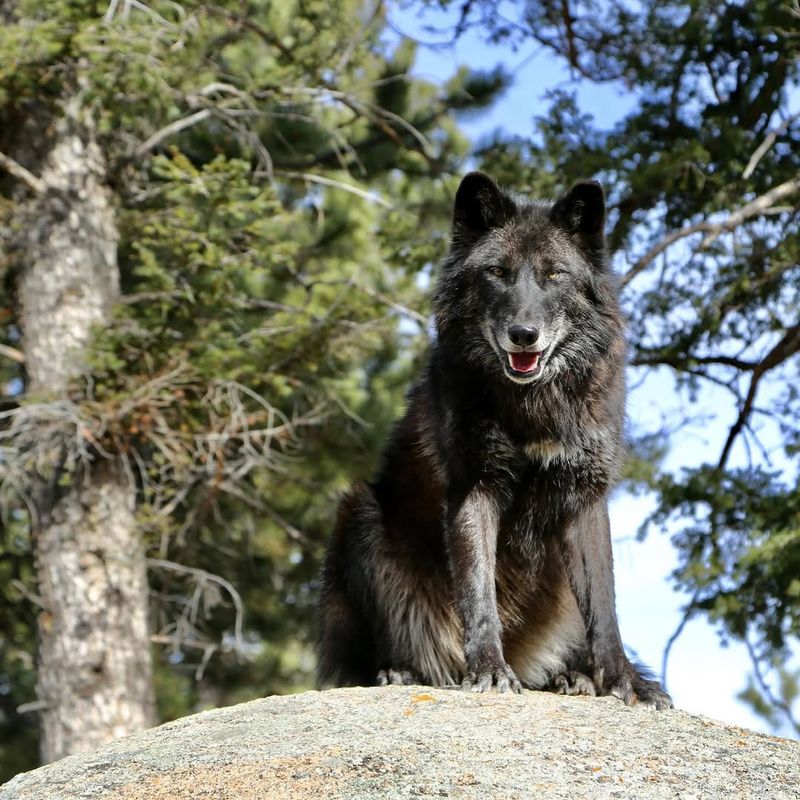
Wolves may not often target hawks directly, but they can pose a significant threat during the breeding season when hawks are nesting. Wolves are skilled hunters that often cover vast territories, and while they prefer larger prey, they may attack young or vulnerable hawks if the opportunity arises.
Their keen hunting instincts and pack dynamics give them the ability to challenge birds of prey in ways that other predators might not.


